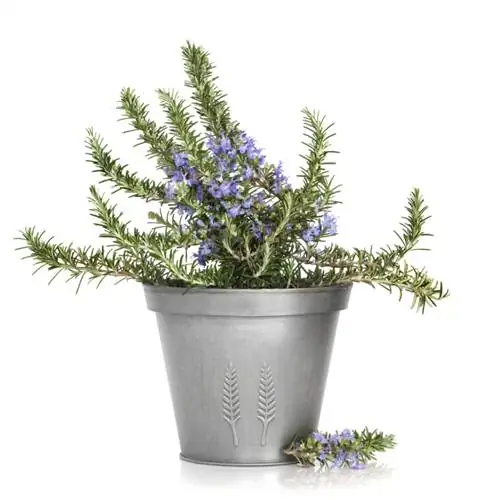- Author admin [email protected].
- Public 2023-12-16 16:46.
- Last modified 2025-01-23 11:20.
The beautiful gladioli with their towering flower stalks are among the most magnificent flowering plants in our gardens. Unfortunately, the beauties are not hardy and have to be dug up in autumn and overwintered in a frost-free place.

How to overwinter gladioli?
To overwinter gladioli successfully, you should dig up the tubers in October, shorten the foliage to about ten centimeters and store them in a frost-free, cool place (not warmer than 5 degrees) and with low humidity in the winter quarters.
In summer: Leave the gladiolus bulbs green
Once the gladioli have bloomed, only the flower stem can be cut first. You should leave all greenery on the plant. This allows the tuber to continue to grow and gather enough strength for the next year by autumn.
Dig up tubers in October
Care measures in the autumn garden include digging up the gladiolus bulbs. First, shorten the foliage to about ten centimeters. When digging up the onions, proceed as follows:
- Prick carefully and deeply into the earth with a digging fork (€139.00 on Amazon) and lift the clod.
- Collect the onions, separating the small sprouting bulbs from the mother bulb.
- Remove the soil roughly from the onions and let them dry.
Off to winter quarters
The gladiolus bulbs should only be placed on newspaper for about a week. During this time the soil dries completely and can be easily removed. Shriveled and dead parts of the onion are also carefully broken off at this opportunity.
There are different methods for overwintering gladiolus bulbs. You can use this:
- layer loosely in wooden boxes
- wrap individually in newspaper
- bury in a container filled with a sand-soil mixture.
However, it is important that the room is not warmer than five degrees, as the gladiolus bulbs inevitably begin to sprout at higher temperatures.
Tip
High humidity, as is the case in many basement rooms, inevitably leads to the formation of rot. You can prevent this by overwintering the gladiolus bulbs in dry sawdust and changing them regularly.






